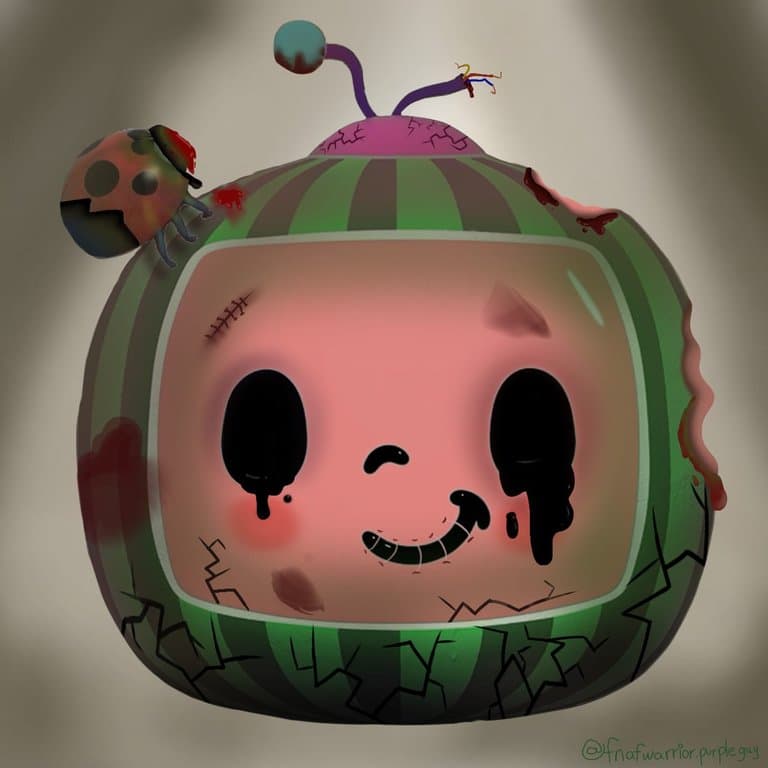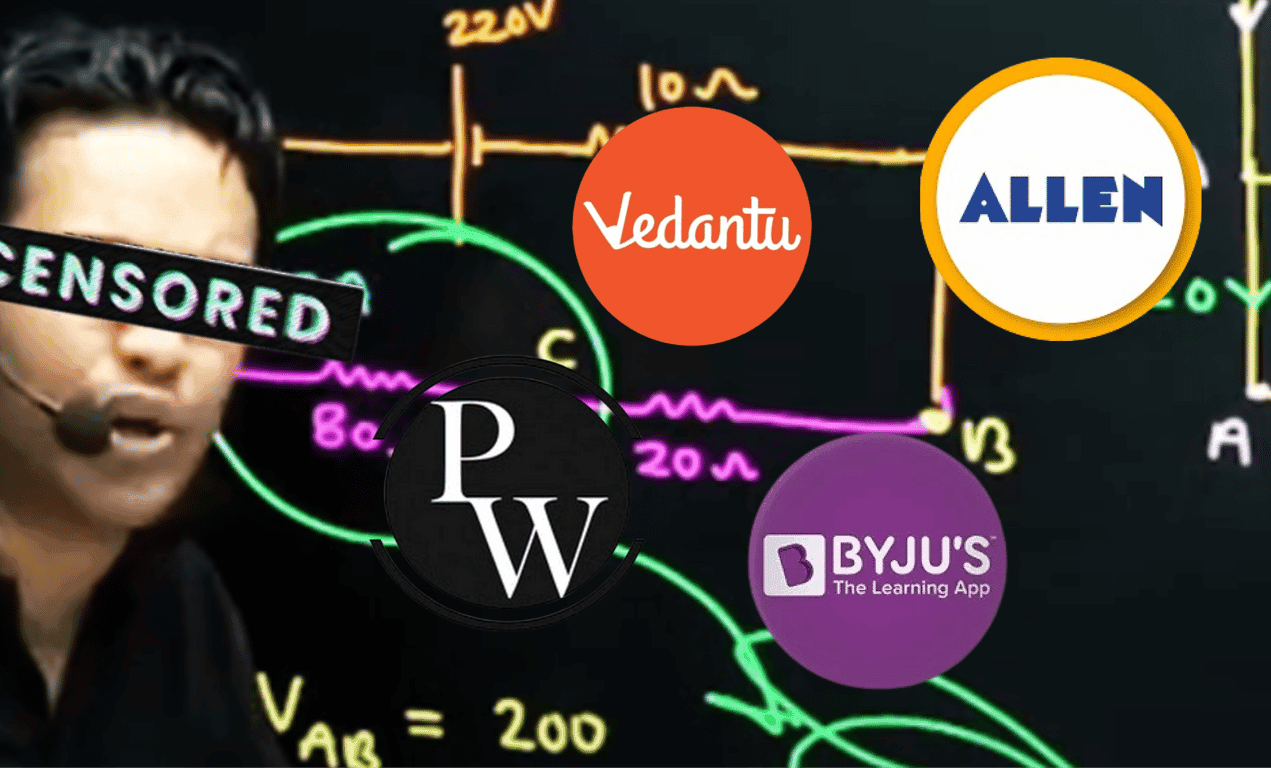
The age of technology that we are living in right now has transformed the way children experience their childhood. Some argue that this might be better because of the efficiency, but with respect to the content that kids are being exposed to, it’s for the worst.
Youtube launched YouTube Kids - an app made just for children, a platform where the content is filtered to be child friendly and safe for younger audiences on 15 February 2015. For busy parents, it appears to be a good option, allowing their kids to be occupied without constant supervision. However, this proves to be a false sense of security as time and time again red flags have been raised about YouTube’s flawed filtering system. Inappropriate content masquerades as child-friendly by using tags such as education or nursery rhymes to trick the algorithm and parents. These videos often start innocently with bright colours, loud voice effects and familiar characters such as Peppa Pig or Elsa, only to take a dark turn with violence, self-harm, disturbing imagery and sometimes even sexual scenarios. With the constant resurfacing of content including familiar characters behaving in inappropriate ways, this genre of videos was termed as “ElsaGate”.
The threat of ElsaGate lies in its ability to pass through parental controls and target younger audiences. Children are often attached to the characters shown in cartoons and movies and when those characters are shown engaging in harmful or inappropriate behaviours, it can traumatize or shock the kids and prove harmful to their emotional well being and development. Some of the common plots or themes in ElsaGate videos are characters indulging in violent acts, such as harming each other, scenarios involving suggestive and sexualised behaviour, bodily harm, self-harm, medical procedures, double-meaning jokes and curse words, use of weapons and drug culture. Despite being created with minimal effort, they manage to captivate children through their use of repetitive animation, stock music, bright colours and beloved cartoon characters.
Such videos seem to bypass YouTube’s filters easily by exploiting YouTube’s recommendation algorithm, which prioritizes engagement and views over quality. When a child watches a video featuring Elsa or any other character, the algorithm may suggest related content that may include these disturbing videos. Creators also use popular keywords, appealing thumbnails and mass production of videos to improve their chances of being recommended.
BBC and CNBC’s investigation proves that videos of organ amputation, murder, violence, use of weapons and cutting body parts were constantly being suggested through the algorithm. Dr Donna Volpitta claims that watching such fear-inducing videos releases dopamine in children and they then become addicted to such videos. This causes a major psychological effect in children leading to their pre-frontal cortex and frontal lobe staying undeveloped. They also may suffer from fear or anxiety. Moreover, an excess of repeated animations and nonsensical content shortens attention span, reduces creativity and damages their cognitive development.
After Public outcry and media coverage, YouTube acknowledged the problem to some degree and implemented stricter guidelines to combat inappropriate content by increasing human moderation and enhancing algorithmic tools. Parents should also remain vigilant to ensure their children’s safety and to track their activity on the internet.
While a lot of studies and actions have been enforced to combat child safety on the internet by many countries and organizations, India still seems dispassionate about this issue. It is necessary to take further actions and ensure well well-being of kids on the internet.
Written by Ananya Mishra


